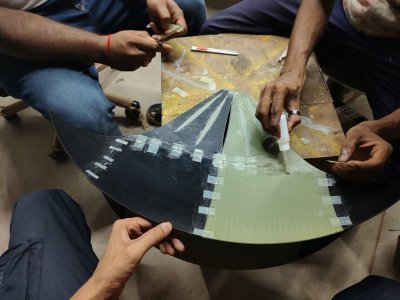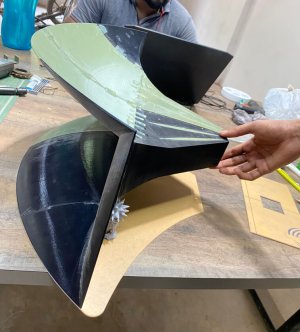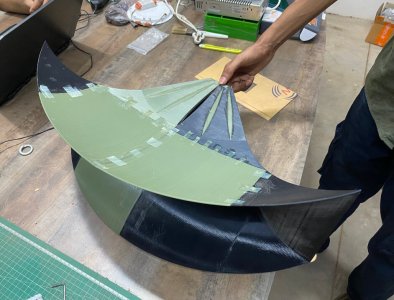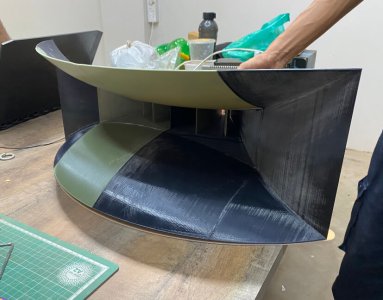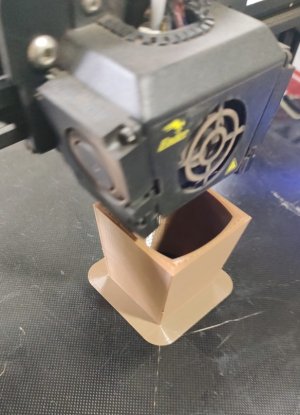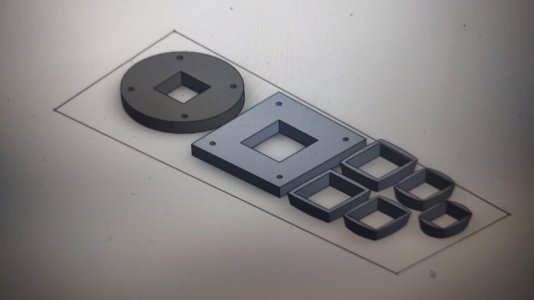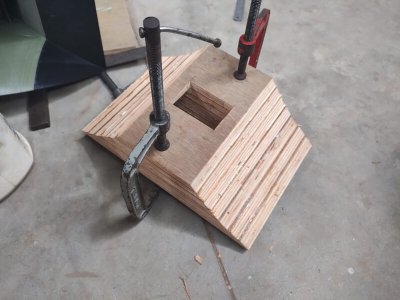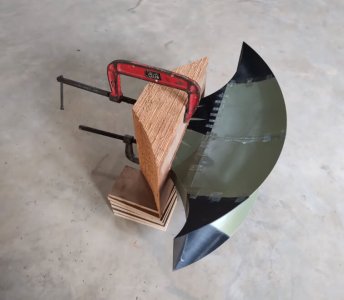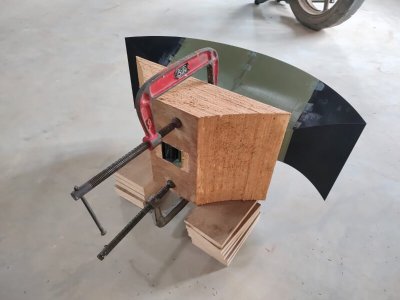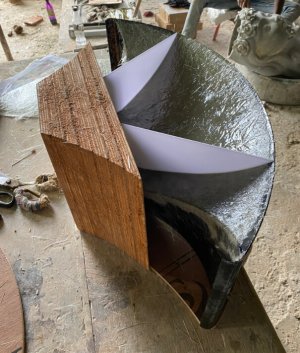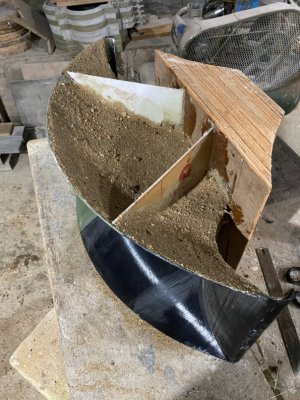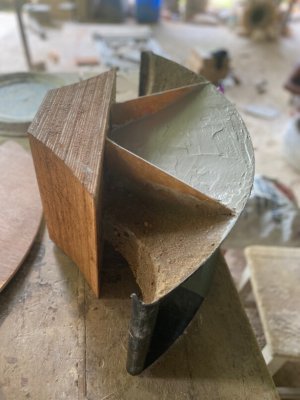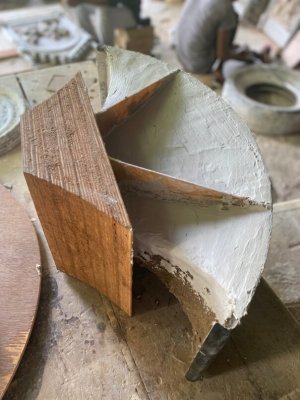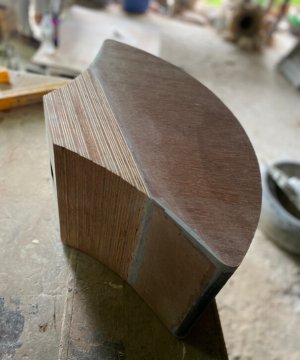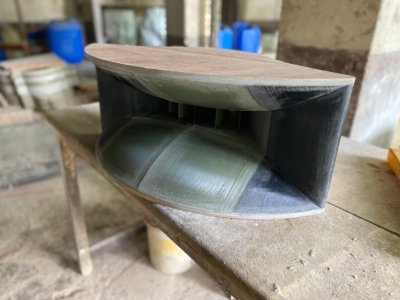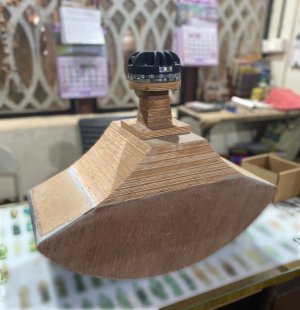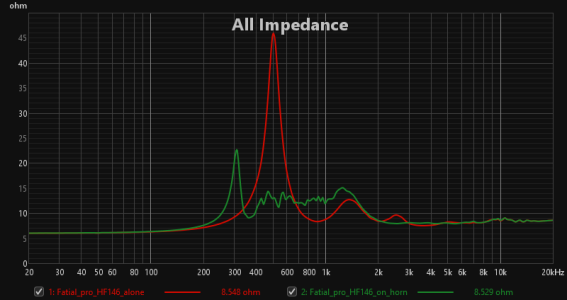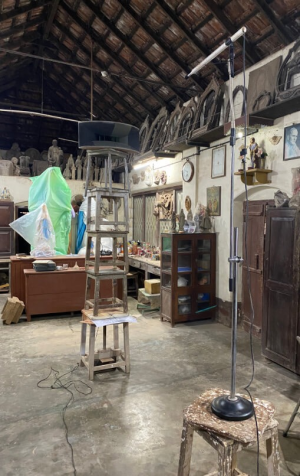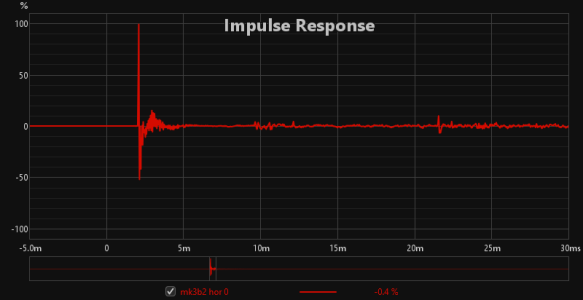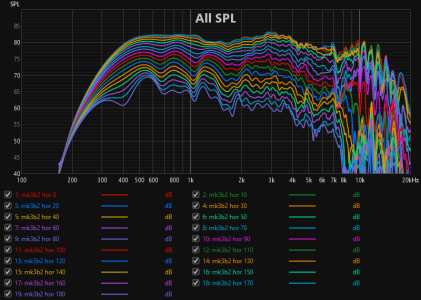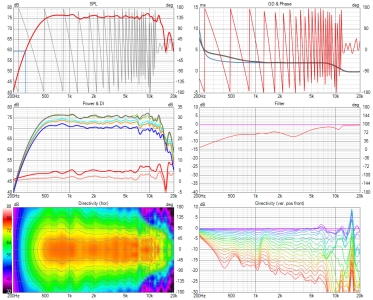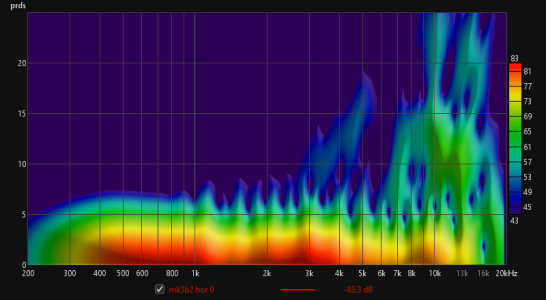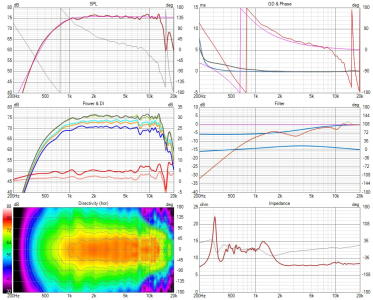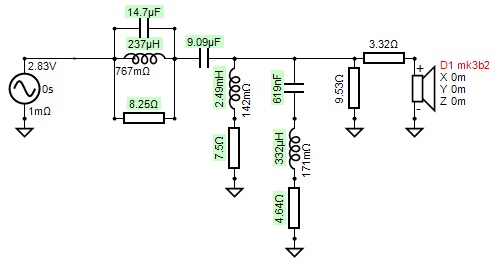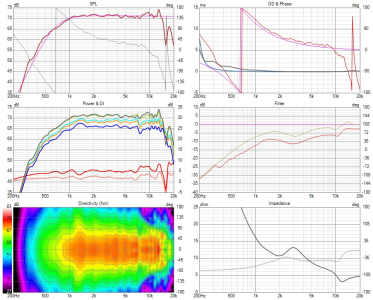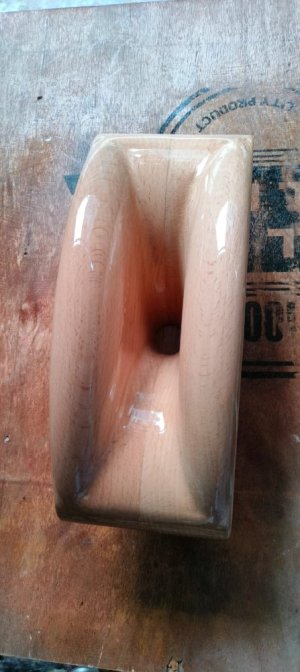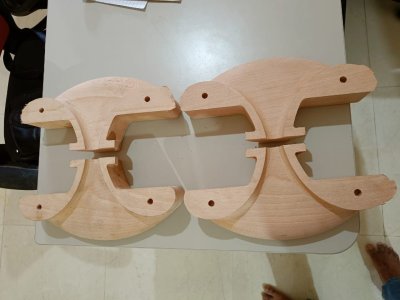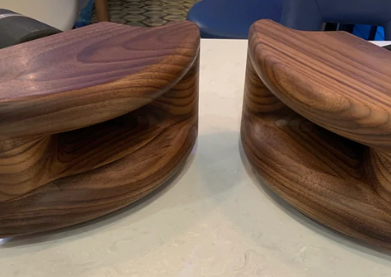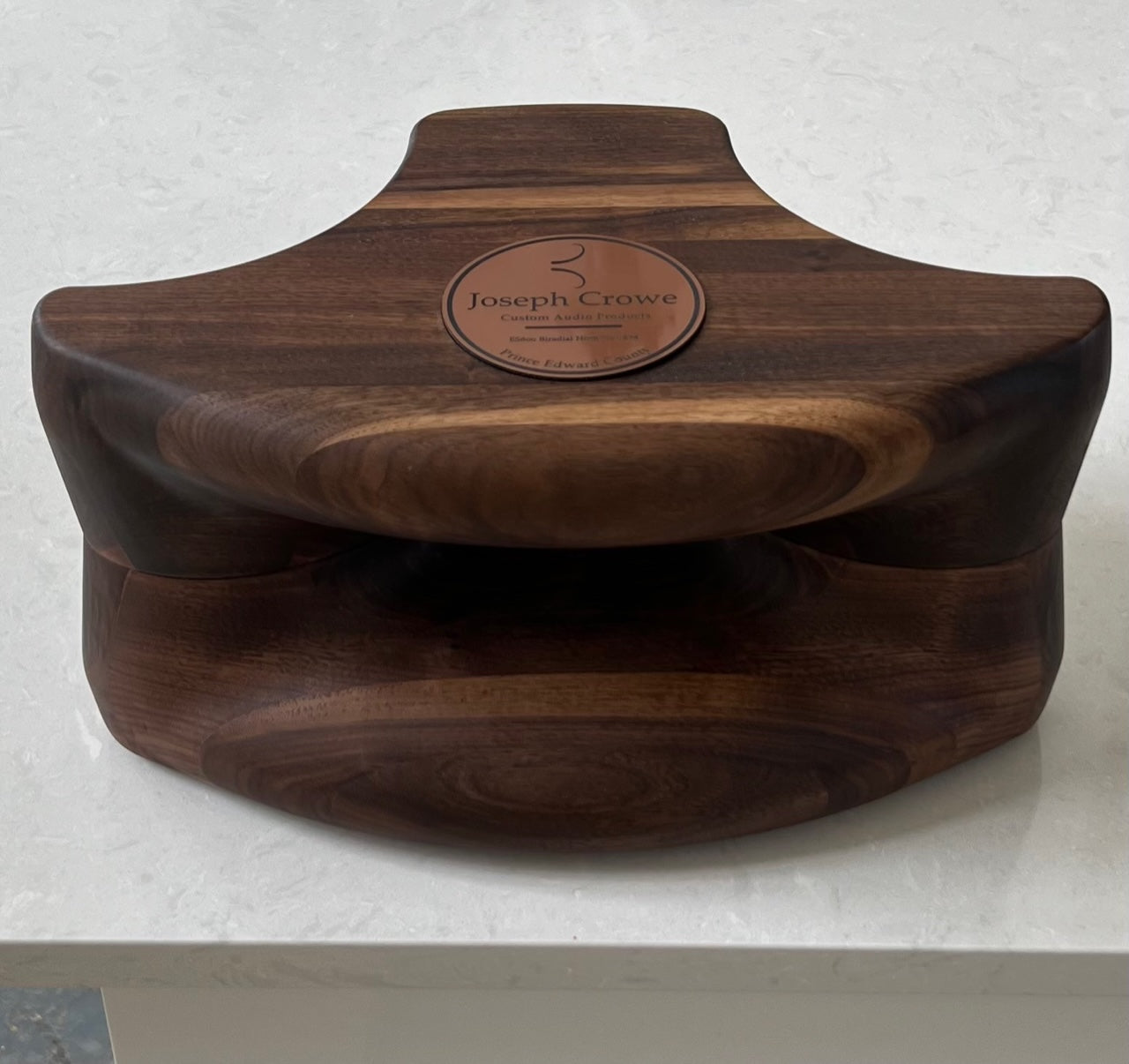So we did extensive measurements of the horn with the Faital pro HF146 compression driver.
A lot of hardwork went into getting these measurements.
Just Hats off to
@aeroash for doing a hell lot of hardwork for this on a sunday

So here are the measurements. Enjoy..
 Impedance measurements of the driver without and with the horn
View attachment 78188
Here is the measurement set up for horizontal polars (Mic 2m away from horn)
View attachment 78185
Cleanness of impulse response for on-axis measurement
View attachment 78186
Raw measurements (0 degrees to 180 degrees off axis) gated at 6ms
View attachment 78187
Spinorma data with frequency response flattening equalization applied.
View attachment 78190
View attachment 78189
Energy decay
View attachment 78191
Impedance measurements of the driver without and with the horn
View attachment 78188
Here is the measurement set up for horizontal polars (Mic 2m away from horn)
View attachment 78185
Cleanness of impulse response for on-axis measurement
View attachment 78186
Raw measurements (0 degrees to 180 degrees off axis) gated at 6ms
View attachment 78187
Spinorma data with frequency response flattening equalization applied.
View attachment 78190
View attachment 78189
Energy decay
View attachment 78191
Applying a Linkwitz-Riley 4th order high pass filter showing a potential high pass that would be applied to the CD+horn in a 2 way system
Active version
View attachment 78192
View attachment 78193
Passive version (not the optimized one and just made using transfer function replication based on active system crossover above)
View attachment 78194
View attachment 78195
Way forward from here
This is a really good constant directivity horn it seems.
To get the last drop of performance (including high frequency extension beyond 14kHz) from it and to explore more possibilites, we are doing more testing. Testing with other drivers and other more optimized/sophisticated driver to horn adaptors to follow..



